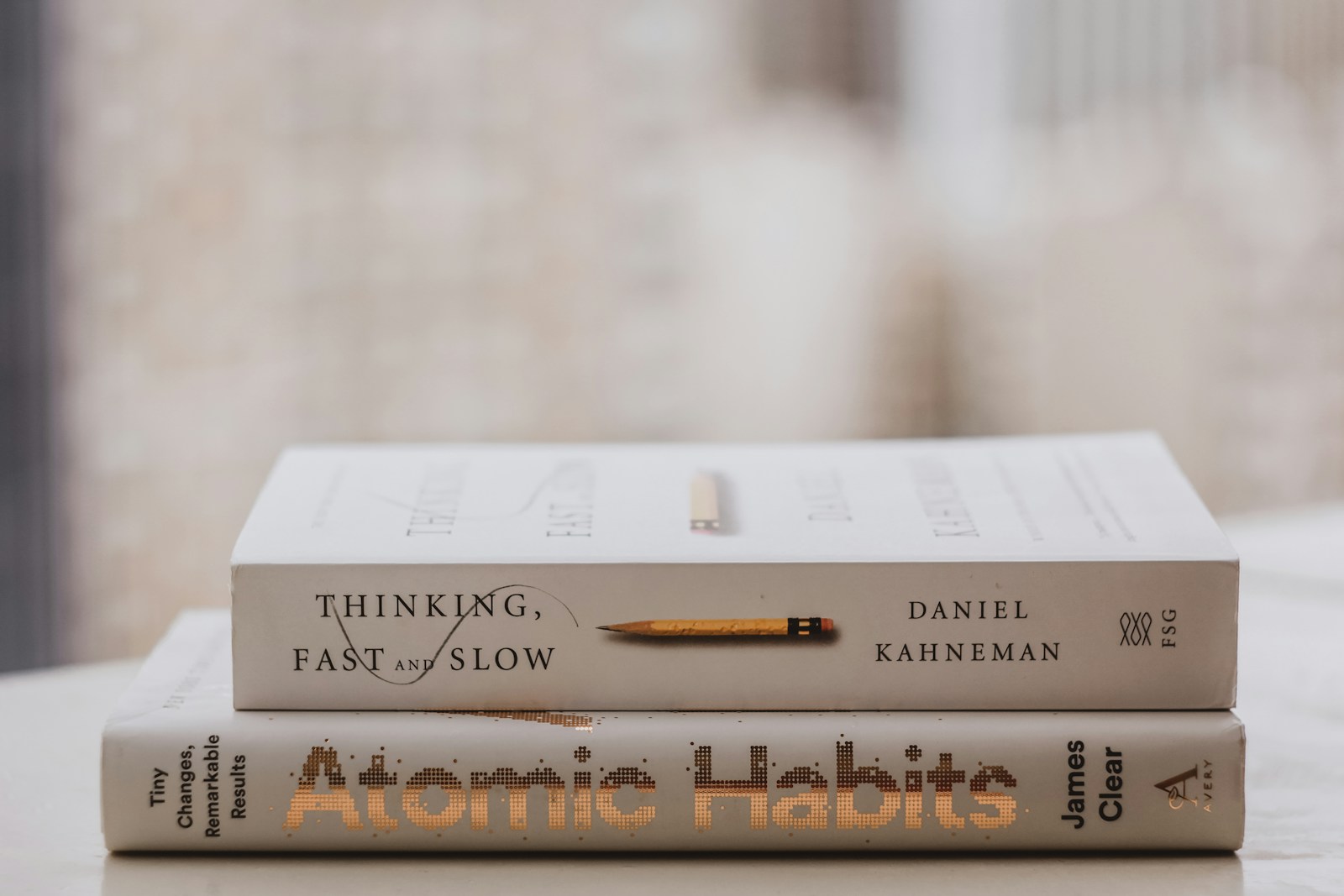An anxious mindset is something that we have learnt to carry, our behaviours reinforce this mindset and even strengthen it.
Through this list we can learn to declutter from negative thinking patterns and improve our lives.
I think we have all dealt with anxiety in some form of another throughout our lives but life in our twenties can be full of uncertainties and anxiety inducing moments.
I knew that when I was struggling, reading about it and getting more informed, really helped.
It helped to see things from outside the sanctions of the mind and put into perspective what I was really feeling.
The feelings can sometimes feel so strong and overwhelm us. Learning new ways to cope and adapting a resilient mindset are two strong features which will help you overcome your anxiety.
These books are not a replacement for therapy but will certainly help on getting you in the right place.
Stopping the noise in your head, Dr Reid Wilson
Stopping the noise in your head by psychologist Reid Wilson is an excellent book which dives deep into the psyche of anxious people. The book balances both personal insights with valuable information for the anxious soul.
My favourite chapter of this book is “Ahhh… the comfort of certainty” and how our expectations of always living a comfortable and stress-free life are actually setting us up for failure from the beginning.
“I’m like you and everybody else in that we are forever going to want to feel safe and secure and comfortably in control”.
Reid explains how there is an automatic sense of distress when we experience unpleasant experiences and how are psyches aim is to “remove” of these emotions.
I don’t think it’s any secret that we all want to feel comfortable at all times, and any times we don’t our anxiety spikes.
When our minds become faced with a problem we either worry or avoid, making ourselves pawns of anxiety. As stated by Wilson, “anxiety thrives off worry and avoidance”.
I think the most important message in the book is that the urges and actions we do to try and remove uncomfortable feelings actually strengthens the feelings in the long term.
Buy the book here.
Stubbornly refuse to make yourself miserable, Albert Ellis
Now this was a book that I found through the Robert Bray YouTube channel and one which introduces a refusal point to our anxiety.
Ellis, places us with the power to control our emotions instead of feeling like our emotions control us.
It’s so easy to get caught in a victim mindset, but realistically this is one of the main things that is holding us back when it comes to anxiety recovery.
Through his book Albert Ellis will make you understand how we are infact “in control” of our emotions. Even though it definitely doesn’t feel that way sometimes.
The book aims to help you learn to express your emotions and cope with difficult life situations that we face every day.
By stubbornly refusing to make ourselves miserable about anything we can change our anxious mindset going forward. Our mindset and our beliefs are strong factors which contribute to our emotional reasoning.
An important message from this book is self-control.
“We consciously and unconsciously choose to think, feel and to act in certain self-helping and self-harming way”.
Buy the book here.
Overcoming intrusive thoughts, Don Watte
Overcoming Intrusive Thoughts by Don Watte offers a practical approach to managing and reducing intrusive, often distressing thoughts.
Watte explains that intrusive thoughts are unwanted and persistent ideas or images that feel out of control.
Which, as we know from my previous post, can cause significant stress for the people who experience them.
The book’s main focus is on strategies to cope with and minimise the impact of these thoughts. Whilst transforming that anxious mindset to understand that acceptance is a crucial step in regaining a sense of calm and control.
Buy the book here.
The highly sensitive person (HSP), Elaine Aron
This one is an interesting book as it highlights that sensitivity is actually a cherished trait which offers its own unique advantages.
So, no it doesn’t mean that just because you are sensitive you should feel like you don’t belong.
Sensitive people have honourable traits of their own such as heightened awareness, high empathy levels and creativity.
She asserts that sensitivity can be a “wonderful trait” that allows people to live deeply and intuitively.
As a sensitive queen myself it’s hard to see how we fit into a world that can be so tough – but this book really brings hope and points you in the right direction.
In her book Aron highlights how highly sensitive people (HSPs) often feel misunderstood in an environment that might view sensitivity as a weakness.
Elaine Aron’s book can help us with transforming an anxious mindset by encouraging acceptance of our sensitive traits and reframing sensitivity as a valuable asset.
Her book also offers guidance on coping with anxiety and navigating a world that can be full of overwhelming situations.
Buy the book here.
Atomic habits, James Clear
James Clear’s story is truly motivating and really places the importance of living and thriving over superficialities.
His book explores how small, consistent changes can lead to substantial personal transformation over time.
By using his book as a tool to manage anxiety you will build resilience and confidence.
Here is how we can apply it to change our mindsets:
- Identity-Based Habits: Begin seeing yourself as someone who can manage anxiety, not be defined by it. Each small step affirms this identity.
- Tiny Changes: Break down actions (like meditation, journaling, or breathing exercises) into very small, achievable steps to build consistency without overwhelming yourself.
- Environment Design: Shape your environment to minimize anxiety triggers (declutter, plan downtime) and create routines that support calm.
The book provides strategies to break bad habits and foster positive ones, with science-backed insights and real-life examples.
I think this is extremely important. When we are in our heads all day, we forget the important things and we prioritise the noise.
Buy the book here.
I hope you enjoy the read and let me know in the comments below if you have read any of the books, and what you think!
This post contains affiliate links. If you make a purchase through these links, I may earn a small commission at no extra cost to you.
Thank you for supporting my blog!
Cat xoxox

